Most-read are based on citations from 2023 ~ 2025.
Citations

Citations

Citations

Citations

Citations

Citations

Citations

Citations

Citations

Citations


Citations


Citations

Citations

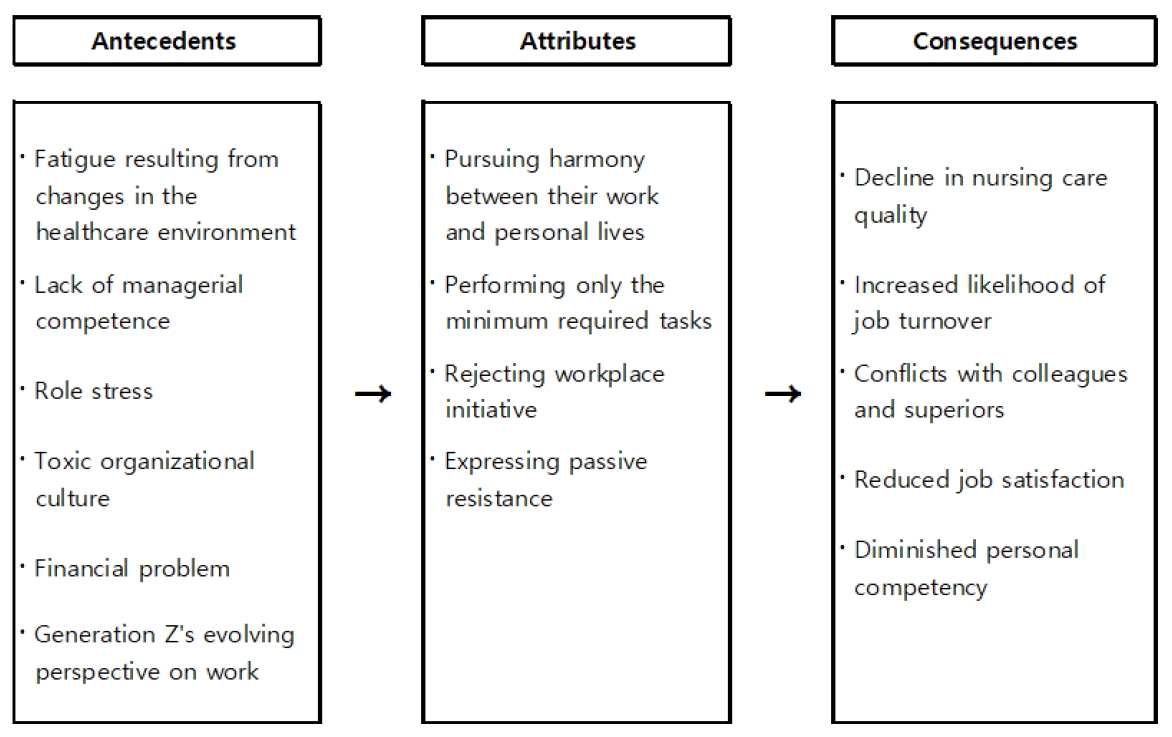
Citations

Citations

Citations

Citations

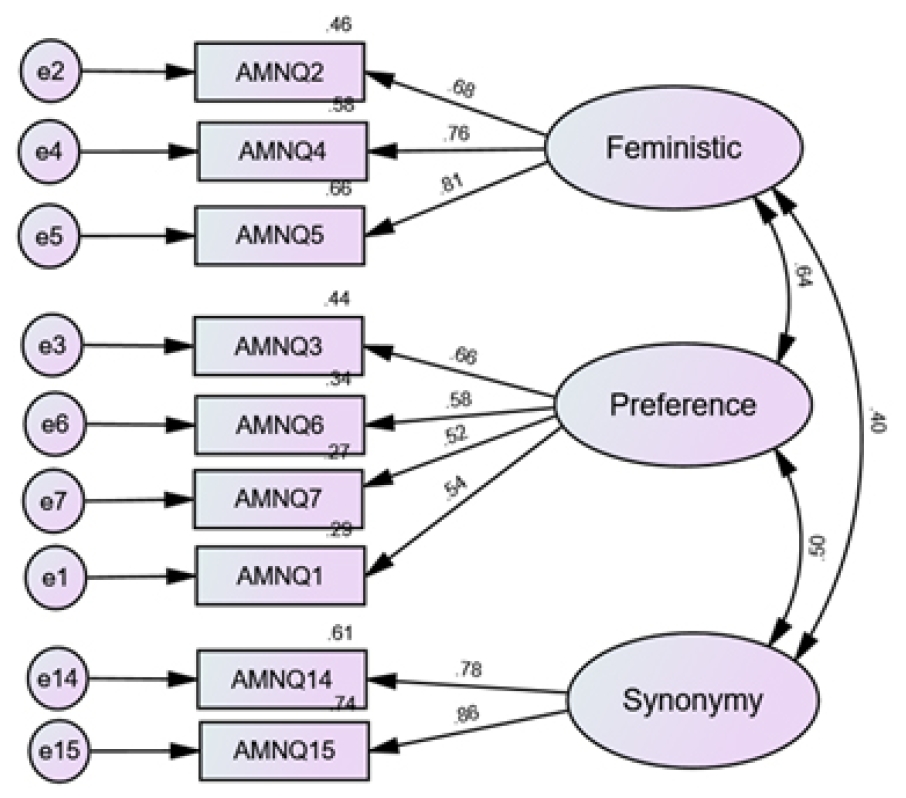
Citations

Citations

Citations

Citations

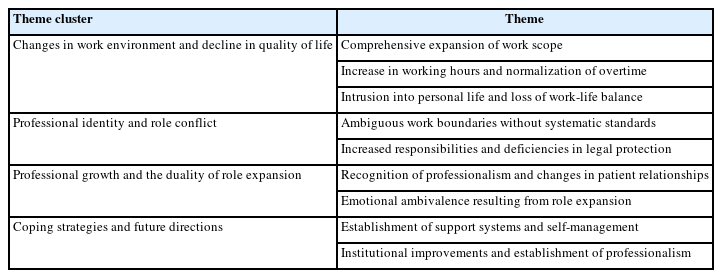
Citations

Citations


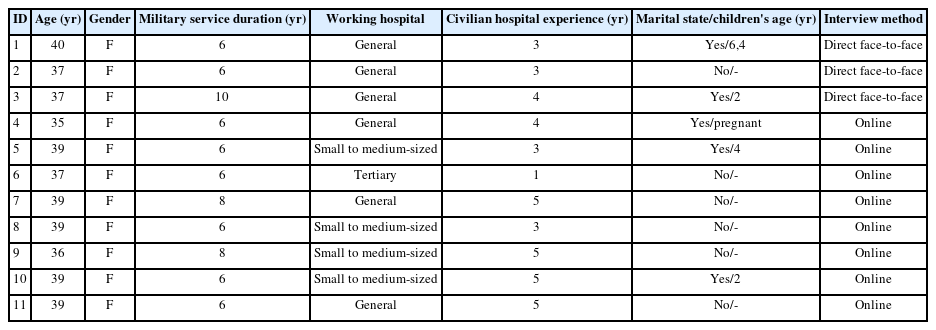

Citations

Citations

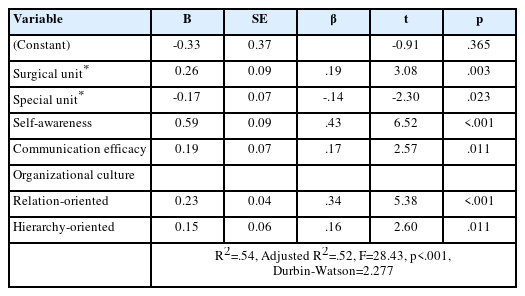
Citations

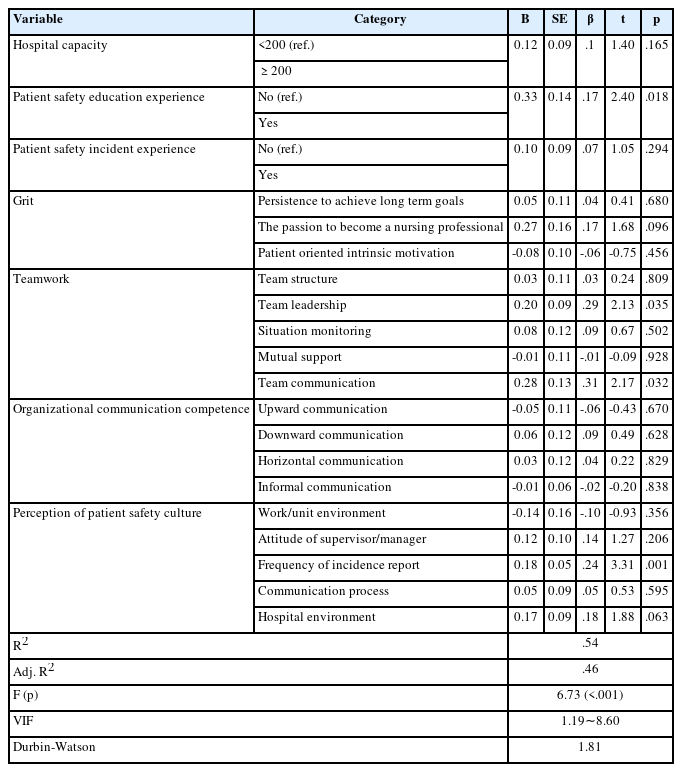

Citations

Citations

Citations

Citations


